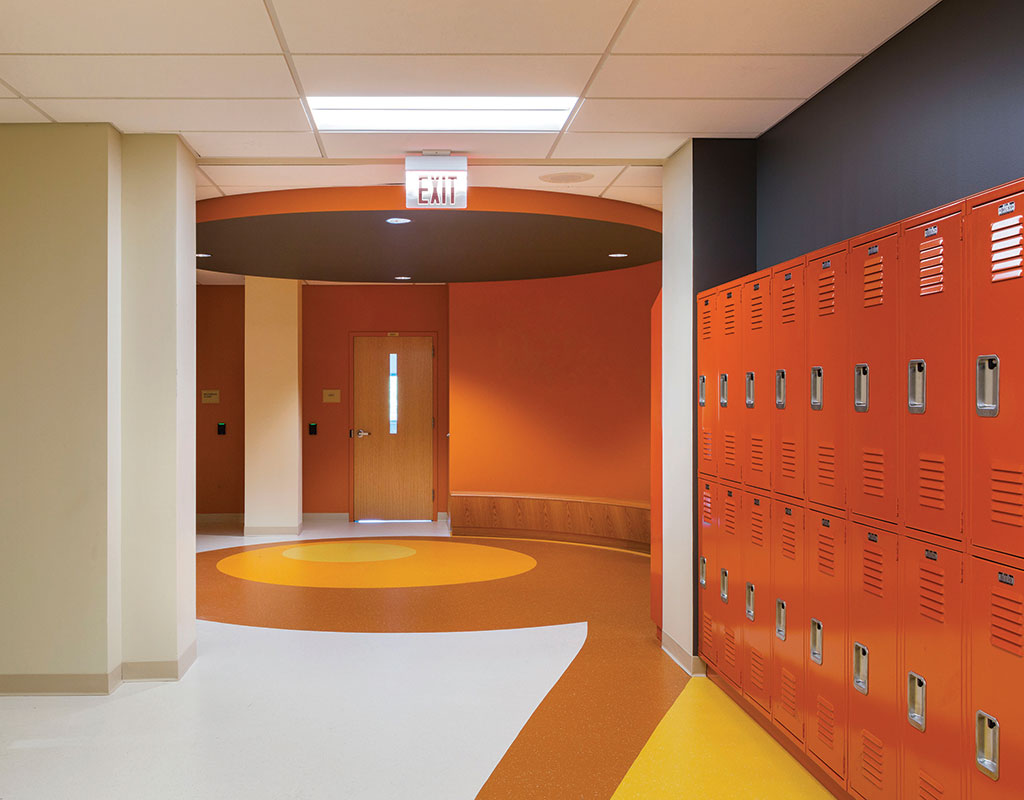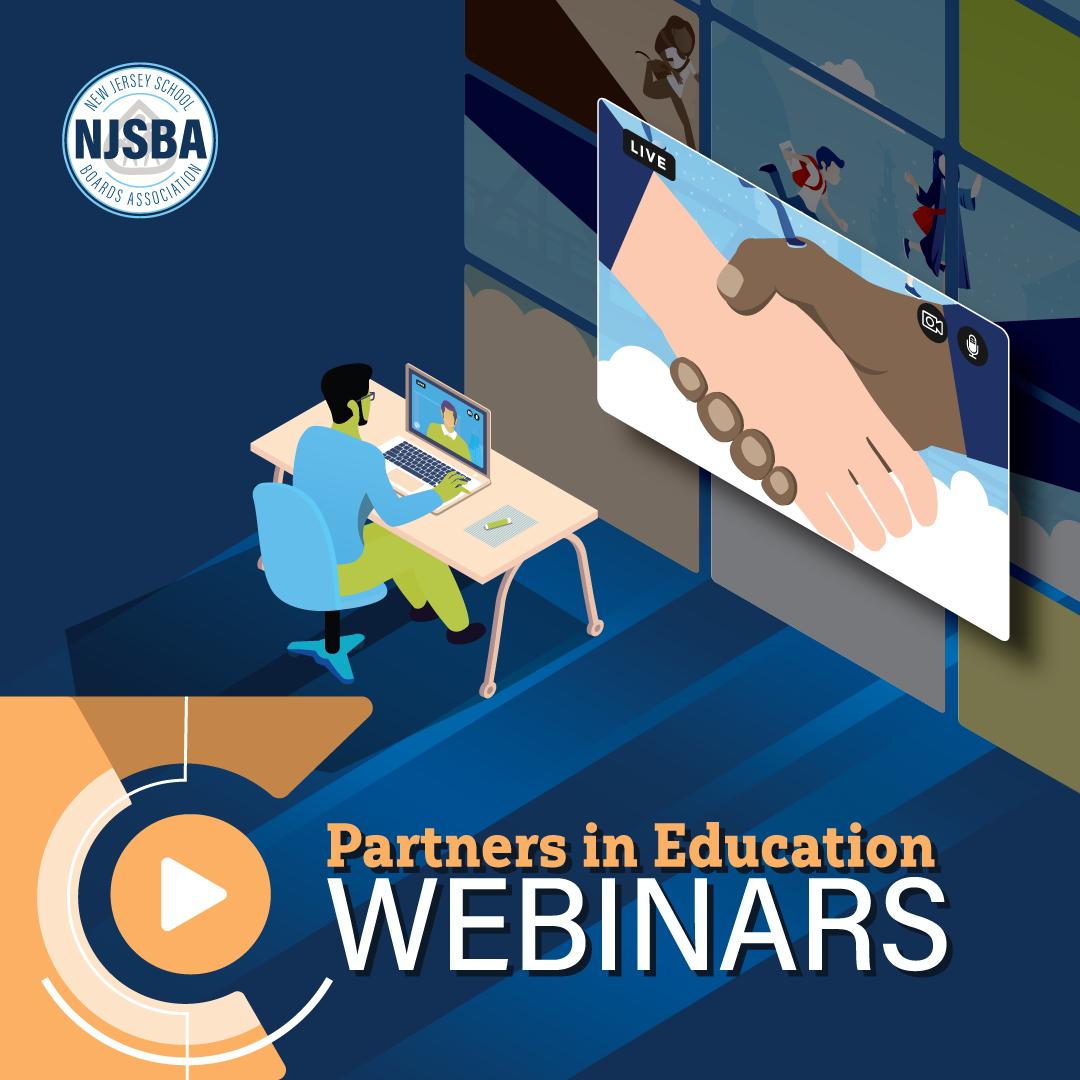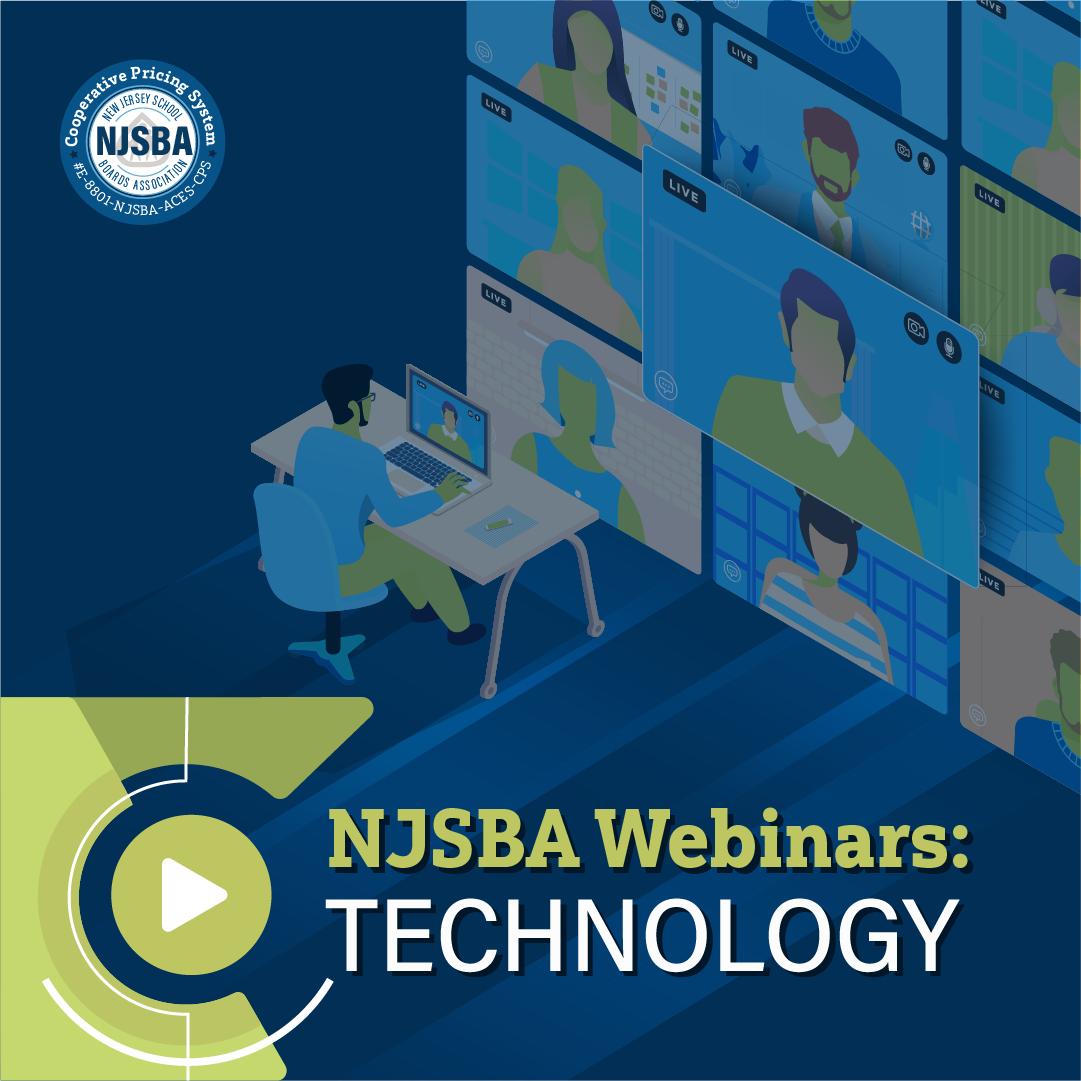
In the course of teaching a doctoral-level course in school finance at Seton Hall University, I used an interesting class exercise to teach students about making difficult decisions.
The exercise placed them in a scenario where they had to balance a proposed school budget and make tough choices on what to cut from the budget and what to keep.
Nearly every student made the same decision in one category of expenditures. They chose to remove or decrease building maintenance and facility work, rather than laying off staff, diminishing instructional program offerings or making other types of cuts.
While such a choice may be more palatable to your community in the short term, over the long term, many a school leader has regretted underfunding the district’s facilities.
First, there is an educational impact from not properly maintaining the facilities. Research has shown that the quality of school facilities impacts student learning. Students are more likely to concentrate better when they are comfortable, and they may be less likely to become ill.
While it is understandable to want to focus on providing instructional measures such as small class sizes, without buildings and classrooms that are safe and comfortable for students and staff, we don’t have a school.
There are also pure financial implications. As we know, if a building falls into serious disrepair, it can cost much more to restore it than it would have cost to maintain it.
Ignoring facility needs can also prompt the need to go out to your community for a referendum vote on a construction proposal.
When I was a superintendent in Somerville, I worked with a business administrator, Bryan Boyce, who always impressed upon me the importance of maintaining the building and grounds – in part to avoid having a big community “ask” like a referendum. Each year, we made sure we put some money away and earmarked it for future capital projects.
This issue of School Leader features a fascinating roundtable discussion with three architects who specialize in school facilities. They touch on topics such as trends in school design, inflationary building costs, and the role of the board member in facilities. I highly recommend the article, which begins on page 26.
I am also pleased to share that NJSBA is going to be providing a new resource for board members in the coming year. We are adding a position to the staff of “business administrator in residence.” This person, who will have experience and expertise in school finance, will be available to answer questions, provide resources and help train board members on overseeing a school district’s finances.
Boards of education are called upon to be good stewards of their district’s assets — and a district’s physical facilities are among its biggest assets. NJSBA is here to help you with that task.



